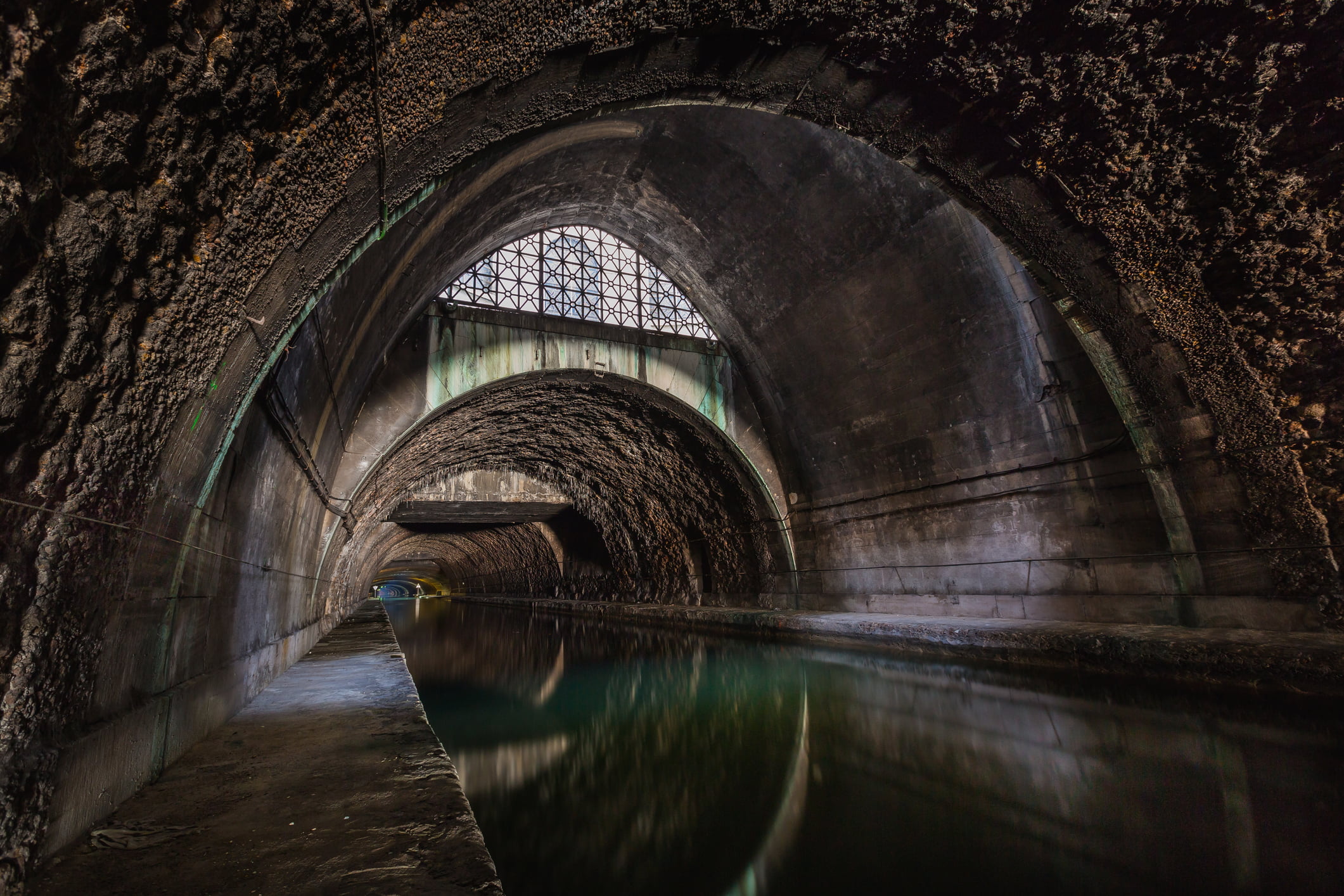“The original meaning of the word Glasgow is ‘the green place’, so it’s apt that the city is hosting COP26.
“During the climate conference, the Scottish Government ran events to demonstrate how it plans to meet net zero. The events have largely focused on how we can reduce the amount of carbon emitted when we heat our homes. There were some seriously exciting innovations on display that may well pave the way for larger scale rollouts.
“And let’s hope they do, because the UK’s 30 million homes currently account for more than 21% of our total carbon emissions. Decarbonising domestic heating is a major part of reaching net zero for us all.
“Here are my top four favourite innovations from Scotland that show how we can create greener ways to heat our homes.”
